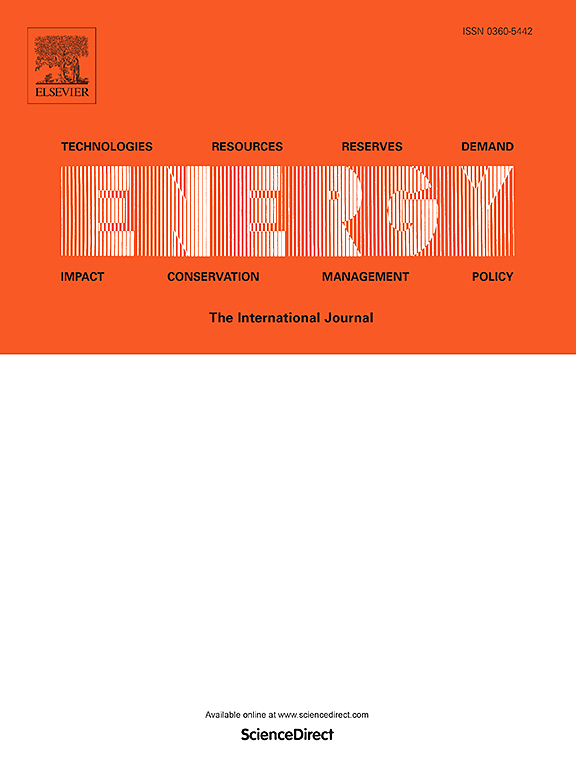Comprehensive multi-performance research of hydrogen-fueled Wankel rotary engine by experimental and data-driven methods
IF 9
1区 工程技术
Q1 ENERGY & FUELS
引用次数: 0
Abstract
Hydrogen-fueled Wankel rotary engine has attracted widespread interest due to its high power and eco-friendly emissions. To further promote its development, the present work investigates the comprehensive performance of hydrogen-fueled Wankel rotary engines by experimental and data-driven methods. The main conclusions are as follows: Within the test range (1000–3000 r/min and 1.0 to 3.0 excess air ratio) qualitative control hydrogen-fueled Wankel rotary engine achieve maximum torque and brake thermal efficiency of 117.4 N m and 36.2 % at 3000 r/min, respectively. And the best brake thermal efficiency at each engine speed usually corresponds to 1.8 excess air ratio. In particular, comparing this work to previous work, hydrogen-fueled Wankel rotary engines and piston engines have different efficiency characteristics. In addition, qualitative control can effectively inhibit the NO emission and knock. NO emission can be negligible for each engine speed when excess air ratios exceed 2. In particular, based on the 3–20 kHz band-pass filter, 0.1 bar knock intensity can be considered as the knock occurrence threshold in the hydrogen-fueled Wankel rotary engine. There is a close correlation between the knock according to that threshold determination and NO emission, which can be used to simply the prediction model and facilitate the supervision of the electronic control unit. Among various Machine Learning methods, support vector machine with radial basis function kernel function has the best global prediction ability of torque, efficiency, NO emission and knock level.
求助全文
约1分钟内获得全文
求助全文
来源期刊

Energy
工程技术-能源与燃料
CiteScore
15.30
自引率
14.40%
发文量
0
审稿时长
14.2 weeks
期刊介绍:
Energy is a multidisciplinary, international journal that publishes research and analysis in the field of energy engineering. Our aim is to become a leading peer-reviewed platform and a trusted source of information for energy-related topics.
The journal covers a range of areas including mechanical engineering, thermal sciences, and energy analysis. We are particularly interested in research on energy modelling, prediction, integrated energy systems, planning, and management.
Additionally, we welcome papers on energy conservation, efficiency, biomass and bioenergy, renewable energy, electricity supply and demand, energy storage, buildings, and economic and policy issues. These topics should align with our broader multidisciplinary focus.
 求助内容:
求助内容: 应助结果提醒方式:
应助结果提醒方式:


